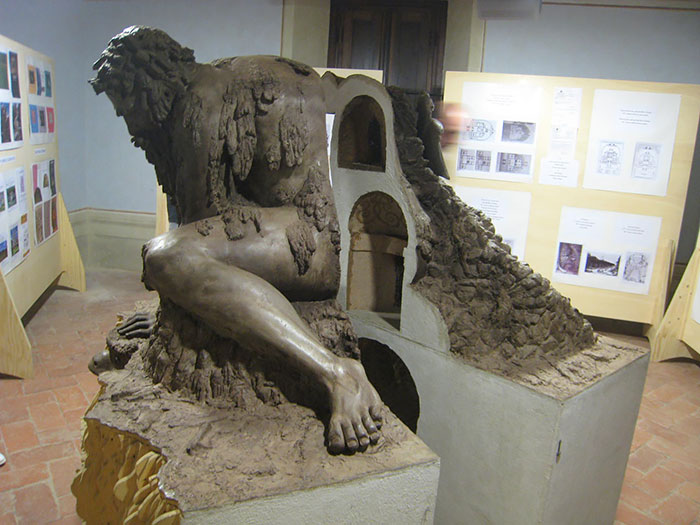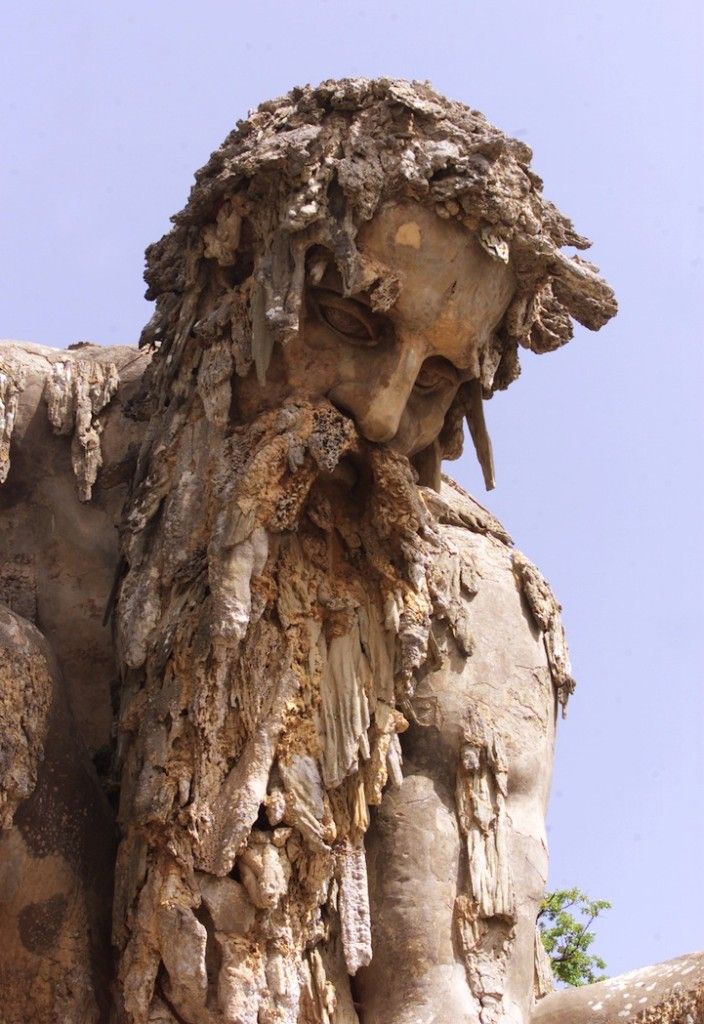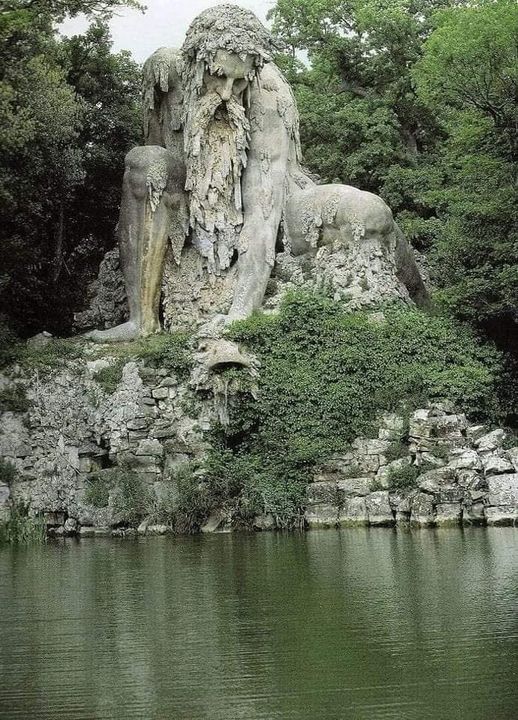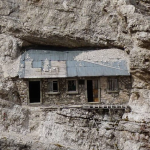Massive 16th-Century “Colossus” in Florence, Italy, Covers Up Secret Chambers

In the heart of Florence, Italy, stands a monumental sculpture that has captured the imagination of visitors for centuries. This colossal work of art, known as the ‘Colossus’, was crafted in the late 16th century by the renowned Italian sculptor Giambologna. Half man, half mountain, the sculpture embodies the rugged beauty of Italy’s Appenine mountains and serves as a symbol of strength and endurance.

Named Appennino, this towering figure looms 35 feet tall over the grounds of the Villa di Pratolino in Tuscany, casting a commanding presence over the landscape. But what truly sets this sculpture apart is the remarkable secret hidden within its rugged exterior – a series of intricately designed rooms that bring the colossus to life in unexpected ways.
Venturing inside the hollowed-out interior of Appennino reveals a world of wonder and mystery. Each room serves a different function, adding depth and character to the colossal figure. One of the most impressive features is the monstrous creature held in the colossus’s left hand, which spews water from an underground stream. This ingenious design not only adds a dynamic element to the sculpture but also serves a practical purpose, providing a source of water for the surrounding gardens.

But perhaps the most intriguing secret of all lies within the head of the colossus. Rumor has it that a space was intentionally left empty to accommodate a fireplace. When lit, the flames would illuminate the interior of the sculpture and, when directed through a cleverly designed system of vents, would cause smoke to billow out of the colossus’s nostrils, creating an awe-inspiring spectacle that would have left visitors speechless.

The ‘Colossus’ of Florence is not just a work of art; it is a marvel of engineering and ingenuity. Giambologna’s creation seamlessly combines artistic vision with practical functionality, blurring the lines between sculpture and architecture. It is a testament to the creativity and skill of the artisans of the Renaissance period, who pushed the boundaries of what was possible in art and design.
Today, the ‘Colossus’ continues to captivate visitors from around the world, drawing them in with its imposing presence and hidden secrets. It stands as a testament to the enduring legacy of the Renaissance and serves as a reminder of the power of art to inspire, astonish, and delight. As visitors explore the hidden rooms and marvel at the ingenuity of Giambologna’s design, they are transported back in time to an era of unparalleled creativity and innovation.











